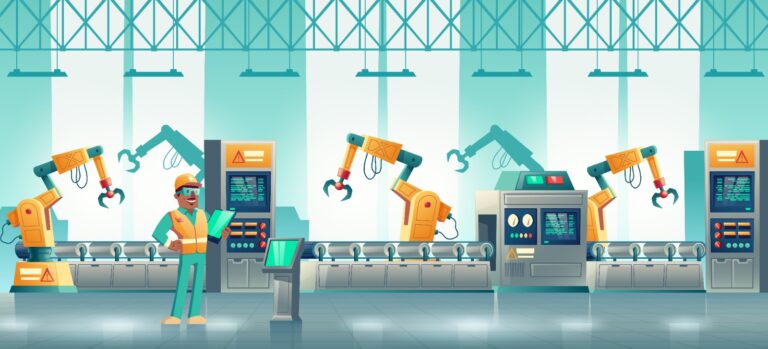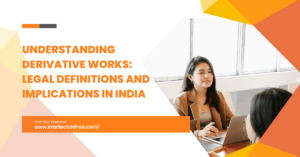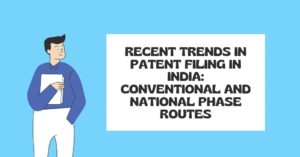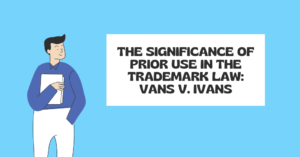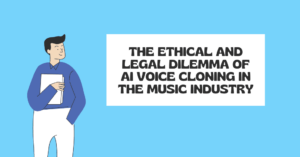In the automobile industry, intellectual property (IP) is of utmost important in order to protect new ideas and technologies. Two key types of IP that are often discussed in the context of the automotive sector are design protection and patents. While these two serve different purposes, they often overlap, especially in the automobile sector. In this article, we will cover what design and patent protections are, how they work, where they overlap, and what challenges businesses face.
What is Design Protection?
Design refers to the look or aesthetics of a product. In the field of automobile industry, design protection can cover the external shape of a car, the design of its parts, or its internal features. Design protection aims to stop others copying the distinctive look of a product.
The Design Act and Eligibility
In India, design protection is governed by the Design Act, 2000. To qualify for design protection, the design must meet these requirements:
- New and Original: The design must be unique and not copied from another product.
- Design is Not Functional: The design must care for how the product looks, not how the product works.
- Appealing to the Eye: It should have an eye-catching element.
- Can Be Made or Used in Industry: In order for a design to have any kind of bearing in the real world, it must be capable of being used or produced in industrial settings.
What Can Be Protected as a Design in the Automobile Industry?
In the automobile sector, you can protect many things as a design, including:
- The Shape of the Vehicle: The overall look of a car or motorcycle.
- Interior Design: How the inside of the vehicle looks, such as the dashboard, seats, and other features.
- Vehicle Parts: Things like wheels, headlights, grilles, and mirrors.
- Logos and Emblems: The artistic designs of car logos or emblems.
For example, the shark fin antenna on luxury cars or the unique grille of sports cars are examples of designs that can be protected.
What is a Patent?
A patent protects inventions—novel, useful products or processes. In the automobile industry, patents typically protect technological innovations and mechanical systems that make a vehicle work better.
The Patent Act and Eligibility
In India, patents are governed by the Patents Act, 1970. To get a patent, the invention must meet these criteria:
- New: The invention must be different from anything that exists already.
- Inventive: The invention must involve an inventive step, meaning it’s not obvious to someone who works in the field.
- Useful: The invention must have a practical purpose or use.
- Can Be Made in Industry: The invention must be capable of being made or used in any industry.
Protection Time for Patents
Patents last for 20 years from the filing date, as long as you pay maintenance fees. After that, anyone can use the invention freely.
What Can Be Patented in the Automobile Industry?
In the automobile sector, patents can cover things like:
- Engine Technology: New designs or improvements in engines.
- Fuel Efficiency: New systems that make vehicles more fuel efficient.
- Self-Driving Technology: New systems or components enabling cars to drive themselves.
- Safety Features: Things like airbags or crash protection systems.
- Manufacturing Processes: Advanced Techniques to Make Parts or Assemble Car.
For example, Tesla’s electric powertrain or BMW’s advanced braking systems are patented technologies.
Overlap Between Design and Patent Protection
Design and patent protections have different purposes, but they often overlap in the automobile industry. A single product, like a car, can be protected by both design and patent. Here’s how:
- Functional Design Features: If a design serves a functional purpose, for example the shape of a car’s headlights that helps with aerodynamics, then it might be eligible for design protection (for aesthetics) in addition to patent protection (for its utility).
- Design and Technology Together: Certain parts may look good and also provide a functional benefit, like a car body shape that improves speed and fuel efficiency. In such cases, the design may be protected, as may the technology.
- Double Protection: Companies can protect both the appearance and the function of a product. For example, a car’s design might be protected as a design patent, while its braking system could be protected by a patent for the technology behind it.
Challenges of Overlapping Design and Patent
While having both design and patent protection can be helpful, it also comes with challenges:
- Complexity: The cost to file design and utility patent applications can significantly increase, putting pressure on the IP budget and filing strategy.
- Costs: Filing for patent and design rights can be cumbersome and expensive for large manufacturers.
- Enforcement Issues: When you enforce these types of rights, there is often ambiguity between design infringement (which generally deals with the visual side of how a product looks) and patent infringement (which is largely concerned with issues related to function).
- International Protection: Since different countries have different rules for striking design and patent protection, especially for multinational automobile companies, a global IP strategy is an absolute must.
How to File for Design and Patent Protection?
Filing for both design and patent protection requires careful planning and understanding of the legal process. It’s important to work with a lawyer who knows how to handle both types of protection.
Conclusion
The interplay between design and patent protection in the automobile industry provides opportunities and challenges for companies that want to protect their innovations. However, it also comes with challenges like complexity and costs. By understanding the differences between design and patent protection, and with the help of expert legal guidance, businesses can better protect their innovations and stay ahead in the competitive automobile market.
Contact Intellect Vidhya Solutions—your partner in protecting intellectual property for any questions or needed support in navigating the complexities of design and patent law.


